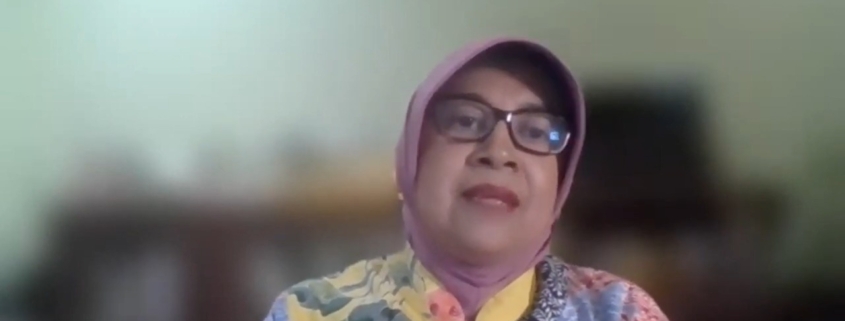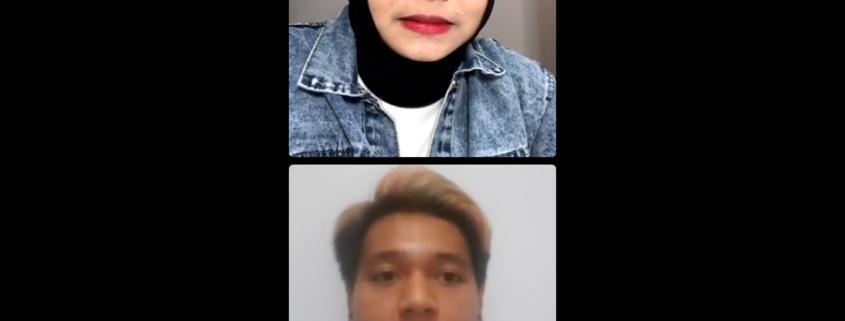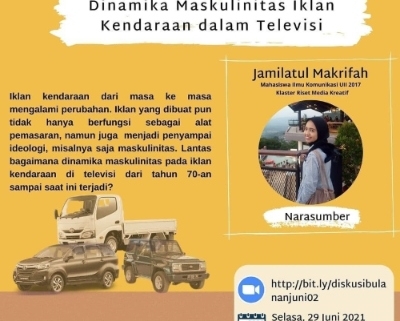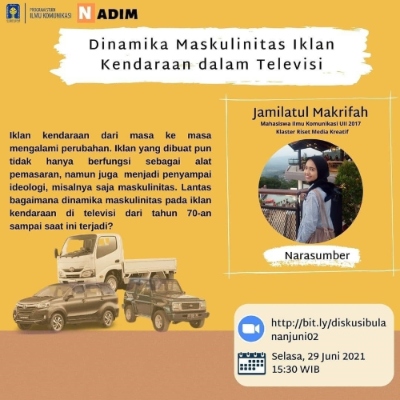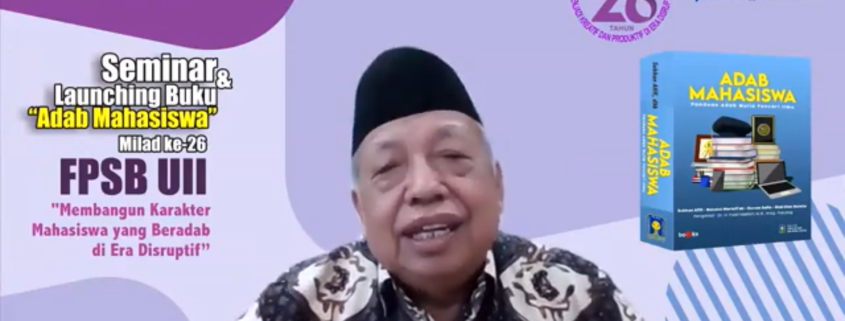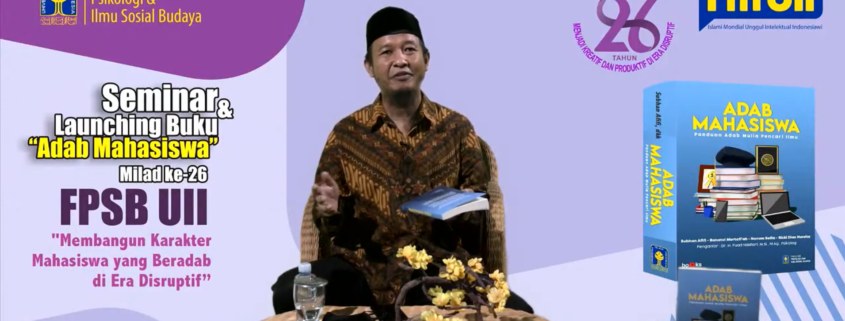Amir Effendi Siregar is not only a thinker, he is also the initiator of many media movements and activists, as well as an ideologue of broadcasting democracy. This is not easy to find nowadays. AES thinking is broad and diverse. This can be a valuable lesson for future generations, especially in UII of Department of Communications.
Kristiawan said AES’s thinking spans from political economy, regulation, broadcasting and includes the press and media regulators. According to Kristiawan, AES is also the driving force behind KIDP (Independent Coalition for Broadcasting Democratization).
“There are two praxis of Bang AES that I think are unique from the typology of Bang AES, the first is advocacy practice,” said Kristiawan in a book discussion Against Capital Authoritarianism, Amir Effendi Siregar in Media Democratization Thoughts and Movements, the first volume, at the Zoom Meeting Saturday , June 26, 2021.
“To be honest, Bang Amir said, it’s because of you, Wan. I’ve been living quietly; you pulled me here. That was around 2009. At that time, I was still at the Tifa foundation. A new actor in broadcasting democracy,” Kristiawan said. “If we go back to those years, the democratization movement for broadcasting was almost zero. At that time, Maksi (Indonesian communication and information society) started before KIDP. Then we created KIDP,” said Kristiawan.
According to Kristiawan, this is a milestone in the democratization of broadcasting. At that time, the KIDP movement raised the issue of media ownership in Indonesia as a problem from the start, “and I am grateful that this movement is so massive and strong that it ended up being tested for interpretation in the Constitutional Court (MK). That was AES’s first practice.”
Meanwhile, according to Kristiawan, the second praxis is managerial praxis. AES is willing and able to manage Warta Ekonomi magazine. “This requires other thinking skills. One goal is to criticize, the other is to sell. I think this is unique. And this confirms if we pull it up again, that Bang Amir’s style of thinking is indeed a social democrat style,” said Kristiawan later.
According to him, AES does not reject industry, does not reject capitalism, but how to tame capitalism to support the quality of life together, “or in the term decent capitalism, that is what Bang Amir often raises.”
In addition, Kristiawan also said the AES thinking model. “I want to emphasize in this forum that the building of Bang Amir’s thinking does not only stop at the micro and meso levels, but also reaches the macro level. In my term, the ideological horses are powerful,” said Kristiawan. Epistemologically, he said, AES’s thinking is very strong and consistent not only in action but also in logic.
“I think one thing that is not the focus of Bang Amir is a content analysis which is very micro. I see that AES is not interested here, except I don’t know,” added Kristiawan.
Nina Mutmainnah, as the editor of this book, also shared stories about AES. “This is very important in the history of broadcasting in Indonesia, because this group (KIDP) in 2011 conducted a test of interpretation of the ownership rules in the Broadcasting Law to the Constitutional Court. We know that the issue of media ownership is also an issue that is overseen by Bang Amir,” said Nina Mutmainnah, Lecturer at the UI Communications Department, as a speaker with Kristiawan.
The book, which was launched in conjunction with the 17th Anniversary of UII Communication and 11th Year of PR2Media, contains the writings of many authors representing students, colleagues, friends, and even teachers. For example, there were R. Kristiawan, Puji Rianto, Ade Armando, M. Heychael, Ignatius Haryanto, Nina Mutmainnah, and Eduard Lukman, who spoke at the level of AES thinking about political economy. Wisnu Martha Adiputra, Masduki, Hermin Indah Wahyuni, Darmanto, Ezki Soeyanto, Rahayu, and Iwan Awaluddin Yusuf wrote about Publicity and Public Broadcasting. Meanwhile, Wisnu Prasetya Utomo, and AP Wicaksono wrote Bang AES’ thoughts on the student press.
Topics The first part was discussed for the first time on Saturday, June 26, 2021. The topic of discussion this time presented the deputy writer R. Kristiawan (National Coalition for Broadcasting Reform), and the deputy book editor, namely Dr. Nina Mutmainnah (UI Communication Lecturer). Dr. Eni Maryani from UNPAD Communications, was also present as a discussant and was guided by moderator Mufti Nur Latifah, MA (UGM Communications Lecturer).
According to Nina, AES has also repeatedly stated in various writings that she believes that one indicator of a democratic country is the guarantee of Freedom of Expression, Freedom of speech, freedom of the press, diversity of voices, diversity of content), and diversity of ownership. AES emphasizes this that this must be maintained and guarded. Like what he wrote in 2014 in his book entitled Escorting the Democratization of the Media.

